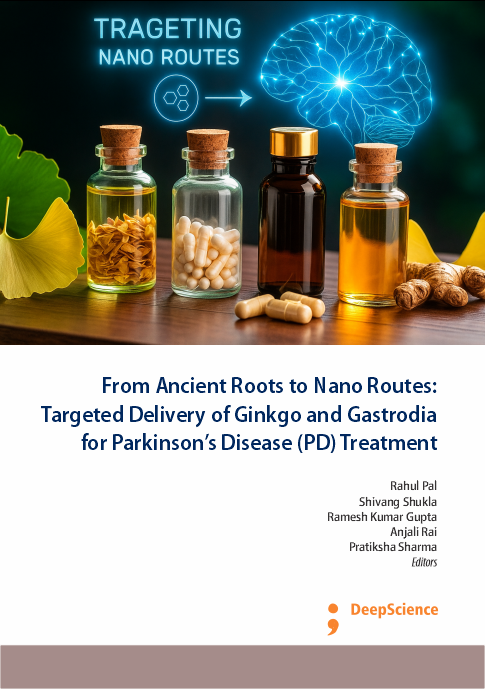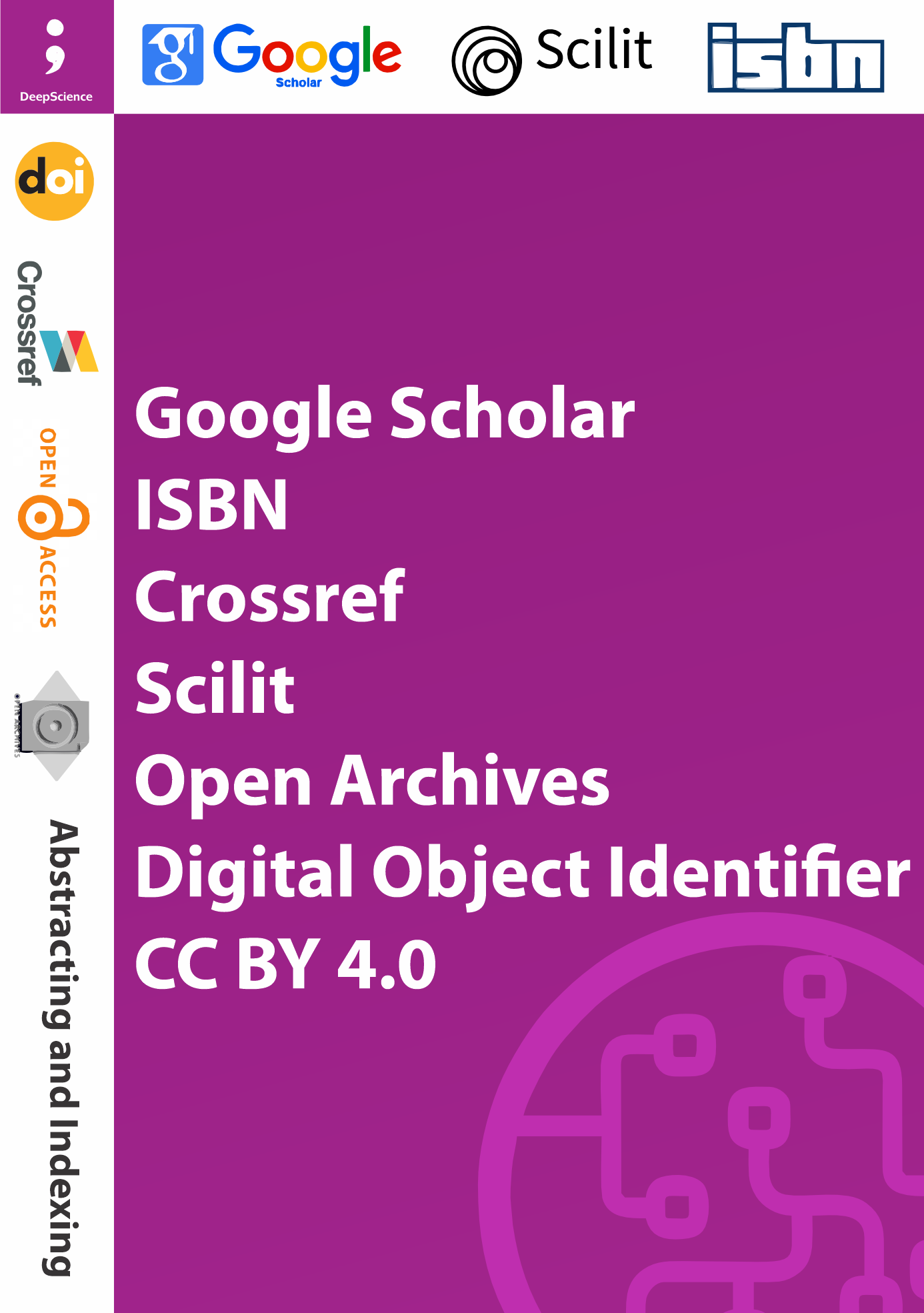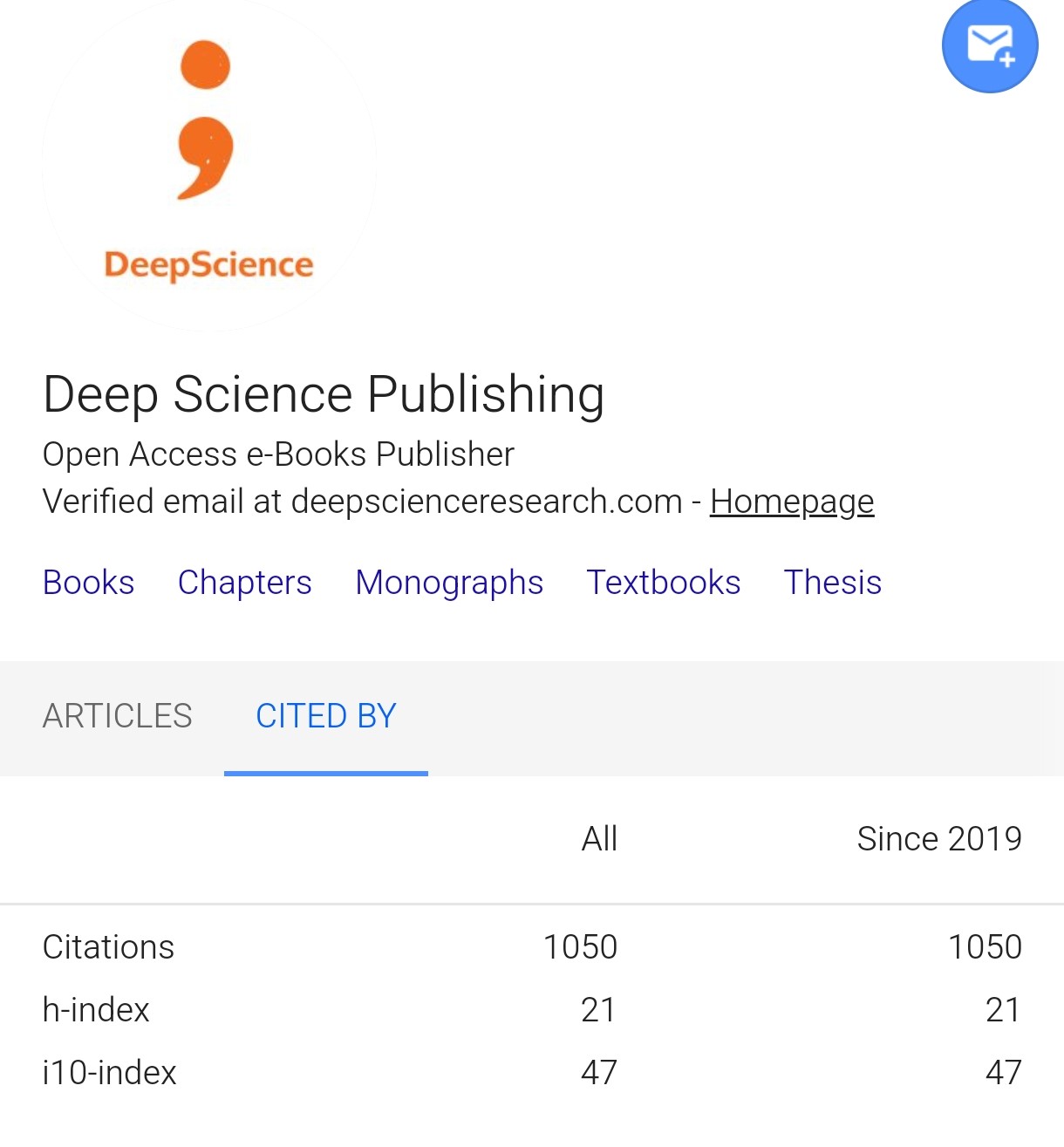From Ancient Roots to Nano Routes: Targeted Delivery of Ginkgo and Gastrodia for Parkinson’s Disease (PD) Treatment
Keywords:
Parkinson’s disease (PD), Nanotechnology, Nanocarriers, Nanoemulsions, Phytosomes, Phytoconstituents, Herbal therapySynopsis
It is with immense pride and gratitude that I present this edited volume, “From Ancient Roots to Nano Routes: Targeted Delivery of Ginkgo and Gastrodia for Parkinson’s disease (PD) Treatment” This book brings together the collective wisdom of researchers, clinicians, and academicians who are working at the intersection of traditional herbal medicine and cutting-edge nanotechnology, aiming to create more effective, targeted, and patient-centered therapeutic strategies for PD.
The vision behind this book is to bridge the timeless legacy of natural remedies with the transformative potential of modern nanomedicine. PD, with its complex and multifactorial pathology, demands approaches that go beyond conventional therapies. By exploring the neuroprotective properties of Ginkgo biloba and Gastrodia elata, and advancing their potential through nanocarrier-based delivery systems, this volume highlights a holistic and innovative path forward.
Chapters
-
Synergistic and Mechanistic Neuroprotection: Ginkgo biloba and Gastrodia elata in Combination Therapy
-
Mechanism of action of PD: Antioxidant, Anti-inflammatory and Neurorestorative pathways
-
Recent Advancement of Phytosomes and Phytoconstituents for the Targeting Herbal PD Treatment and Current Status
-
Future Directions and Translational Potential: From Bench to Bedside
References
Marvanova, M. (2016). Introduction to Parkinson disease (PD) and its complications. Mental Health Clinician, 6(5), 229–235. https://doi.org/10.9740/mhc.2016.09.229
Ben-Shlomo, Y., Darweesh, S., Llibre-Guerra, J., Marras, C., Luciano, M. S., & Tanner, C. (2024). The epidemiology of PD. The Lancet, 403(10423), 283–292. https://doi.org/10.1016/s0140-6736(23)01419-8
Yan, H., Coughlin, C., Smolin, L., & Wang, J. (2024). Unraveling the Complexity of PD: Insights into Pathogenesis and Precision Interventions. Advanced Science. https://doi.org/10.1002/advs.202405309
Khor, S. L. Q., Ng, K. Y., Koh, R. Y., & Chye, S. M. (2023). Blood-brain barrier and neurovascular unit dysfunction in PD: From clinical insights to pathogenic mechanisms and novel therapeutic approaches. CNS & Neurological Disorders - Drug Targets, 23(3), 315–330. https://doi.org/10.2174/1871527322666230330093829
Rademacher, K., & Nakamura, K. (2023). Role of dopamine neuron activity in PD pathophysiology. Experimental Neurology, 373, 114645. https://doi.org/10.1016/j.expneurol.2023.114645
Bayati, A., & McPherson, P. S. (2024). alpha-synuclein, autophagy-lysosomal pathway, and Lewy bodies: mutations, propagation, aggregation, and the formation of inclusions. Journal of Biological Chemistry, 300(10), 107742. https://doi.org/10.1016/j.jbc.2024.107742
Araújo, B., Caridade-Silva, R., Soares-Guedes, C., Martins-Macedo, J., Gomes, E. D., Monteiro, S., & Teixeira, F. G. (2022). Neuroinflammation and PD—From Neurodegeneration to therapeutic opportunities. Cells, 11(18), 2908. https://doi.org/10.3390/cells11182908













